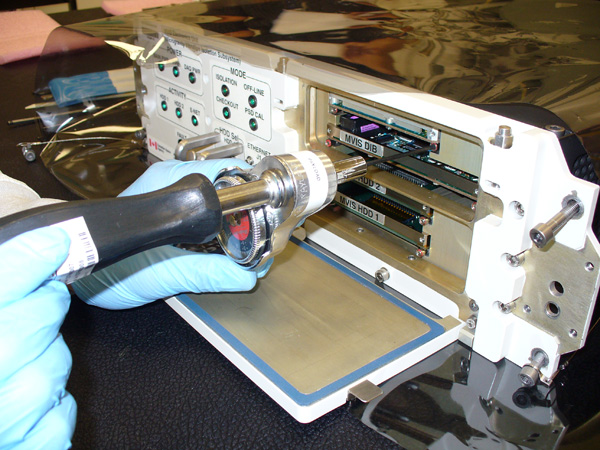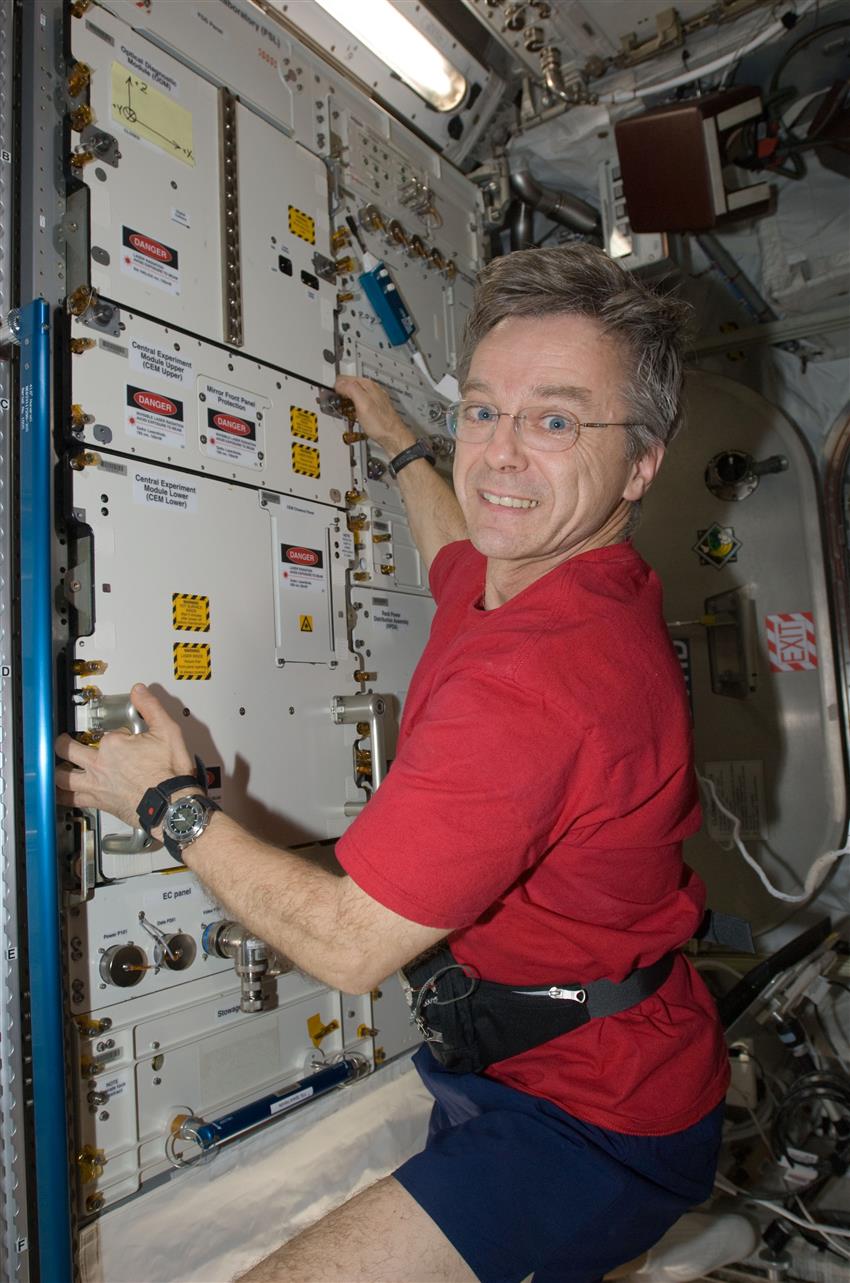MVIS: Shielding science experiments from vibrations
The Microgravity Vibration Isolation Subsystem (MVIS) is a Canadian technology that uses a magnetic field to protect science experiments from vibrations aboard the International Space Station (ISS).
Background
Space is ideal for testing various phenomena in the absence of gravity. However, many vibrations are produced aboard the Space Station, for example, when:
- an astronaut works out on a treadmill
- solar panels and antennas rotate
- a fan or motor starts up
- a spacecraft docks to the Station
These jolting movements can be strong enough to interfere with delicate experiments, like those involving fluid physics, crystal growth and the development of metal alloys.
By using a series of electromagnet coils and magnets to suspend its inner container, MVIS guards against vibrations that could alter the results of these experiments.
Developed by the Canadian Space Agency (CSA), the microwave-sized device was added to the ISS's Fluid Science Laboratory in .

MVIS (Credit: Canadian Space Agency)
Objectives
MVIS was designed to provide:
- a smoother environment for conducting experiments in microgravity
- a demonstration of the adaptability of its technology to different environments

An engineer at the CSA's David Florida Laboratory prepares the MVIS for launch to the ISS. (Credit: CSA)
How it works
MVIS uses a magnetic field to keep an inner chamber in suspension. Delicate science experiments are conducted inside the magnetically suspended container.
Sensors and an onboard computer monitor and control the inner container's position to ensure it remains stable within the limits needed for the experiment.
To suspend its inner chamber, MVIS uses magnetic levitation. On Earth, the most common application of this physical principle is in maglev trains, which hover above their magnetic tracks and can accelerate and slow down much faster than traditional trains.
Timeline
The project was first developed in by the CSA as a contribution to the European Space Agency's Fluid Science Laboratory. MVIS has been a permanent fixture aboard the Station since .
Research team
Partners
- Magellan Aerospace Corporation (Bristol Aerospace Ltd.), Winnipeg
- MacDonald, Dettwiler and Associates Ltd., Montreal
- École de technologie supérieure, Montreal
- SENER Engineering and Construction, Spain
- European Space Agency
Explore further
- Testing technologies
- International Space Station
- Canadian science on the International Space Station
- Date modified:

